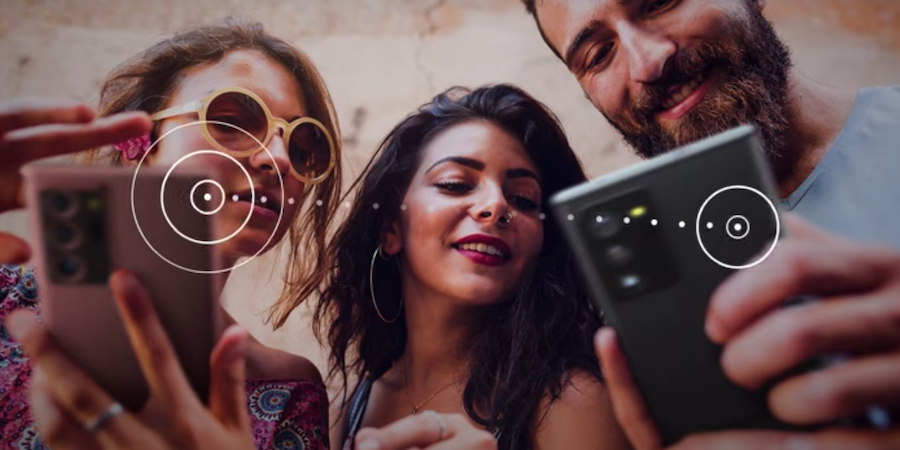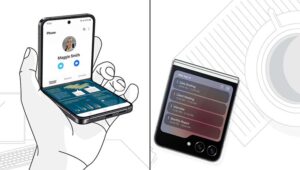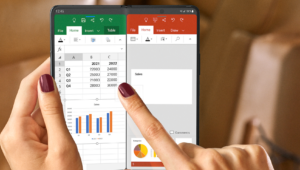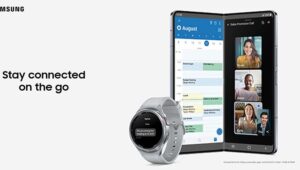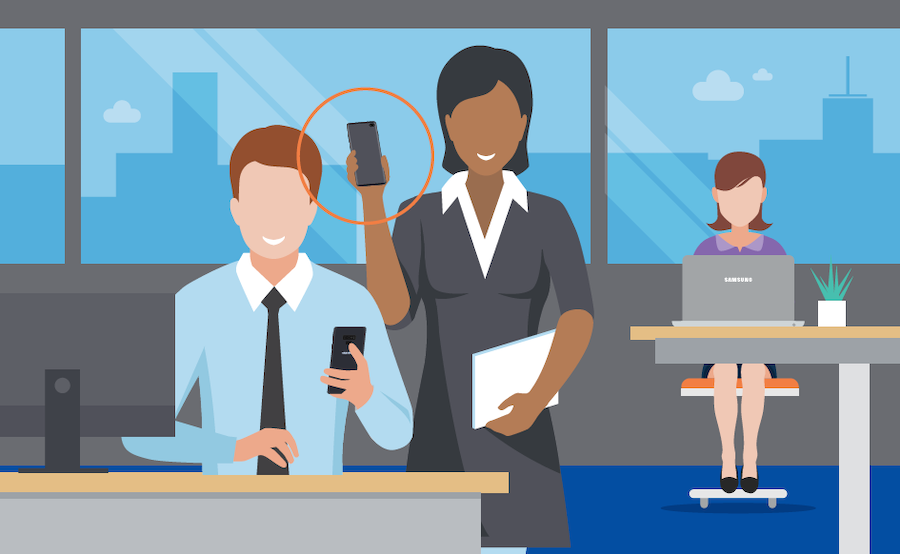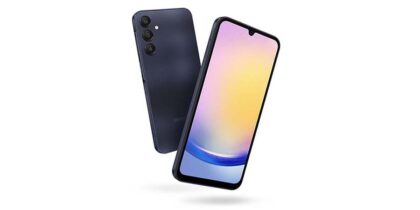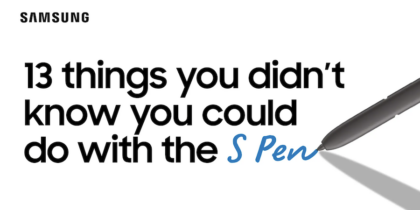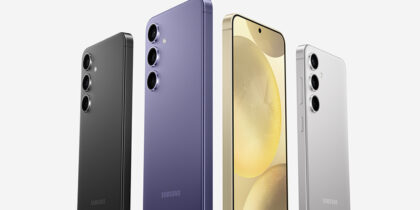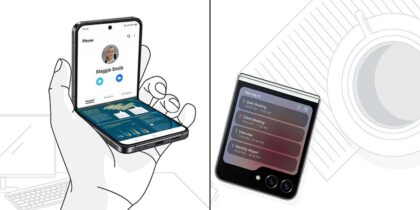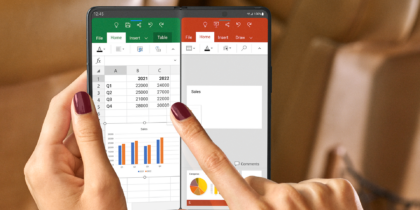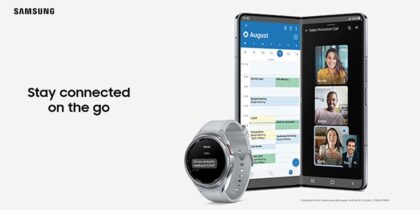Like Bluetooth and Wi-Fi, ultra-wideband (UWB) is a short-range, wireless communication protocol that operates through radio waves. But unlike its counterparts, it operates at very high frequencies — a broad spectrum of GHz frequencies — and can be used to capture highly accurate spatial and directional data.
Think of UWB as a continuously scanning radar that can precisely lock onto an object, discover its location and communicate with it.
UWB is set to unlock a whole range of new consumer and enterprise applications. It has already been incorporated in Samsung’s Galaxy S21+ and S21 Ultra 5G and is now in the new Galaxy Z Fold3 5G. It is also likely to feature on a wider array of computing devices and internet of things (IoT) peripherals.
How does UWB work?
Once a UWB-enabled device like a smartphone, smartwatch, smart key or tile is near another UWB device, the devices start “ranging.” Ranging refers to calculating the time of flight (ToF) between devices: the roundtrip time of challenge/response packets.
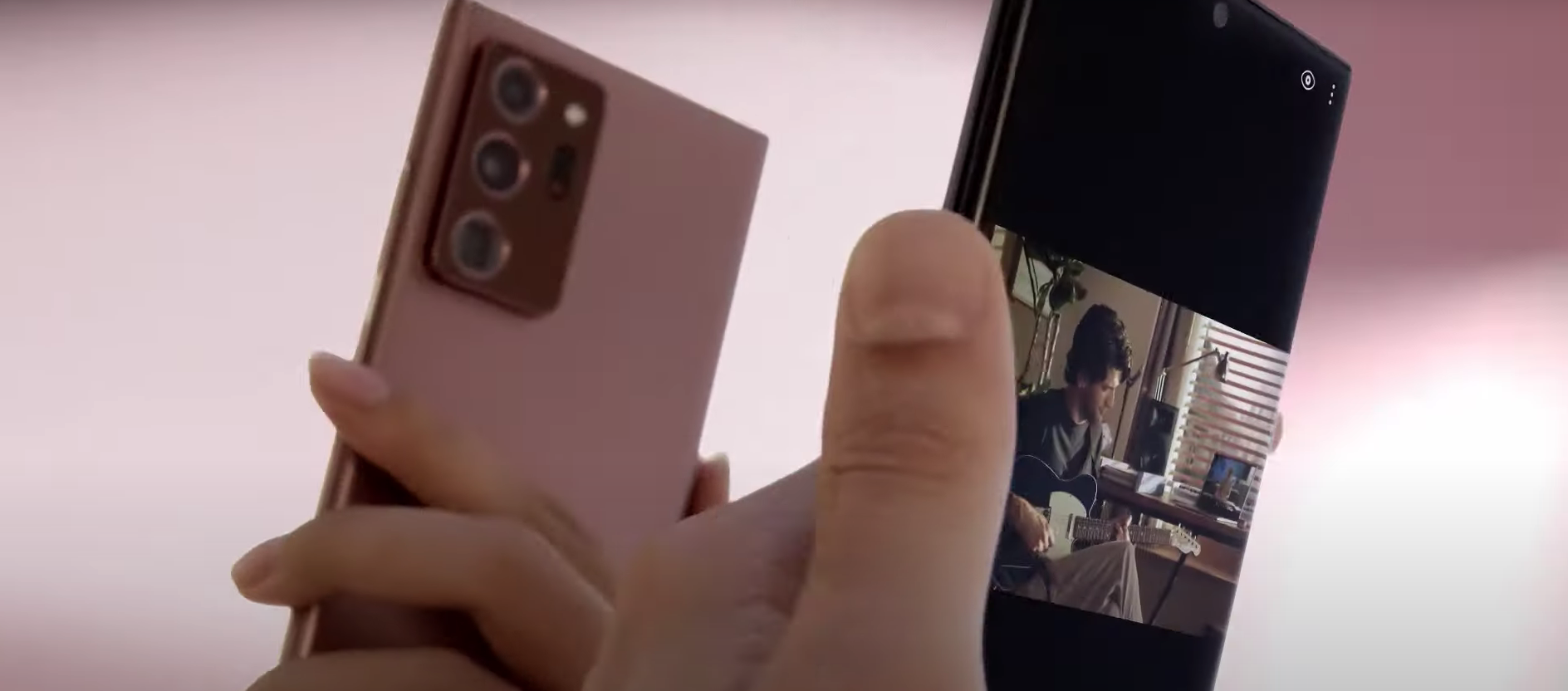
Using larger channel bandwidth (500MHz) with short pulses (two nanoseconds each), UWB achieves greater accuracy. The UWB positioning process instantaneously tracks the device’s movements in real-time. In doing so, UWB-enabled devices can understand both motion and relative position.
According to NXP, which produced the UWB chipset featured in the Galaxy Note20 Ultra 5G, UWB delivers greater accuracy in line-of-site (LoS) and strong localization in non-line-of-sight (nLoS) scenarios — and is capable of managing environments in which numerous walls, people and other obstacles would typically block these signals. Using angle-of-arrival (AoA) technology, the real-time accuracy of UWB measurements provides highly precise device location services at the centimeter level. Not only that, UWB devices can also determine whether an object is stationary, moving closer or moving away.
For example, UWB-enabled systems know if you’re approaching a locked door and can determine if you’re inside or outside the doorway. They can also decide whether the lock should be engaged when you reach a specific position. In a real-world scenario, UWB could open the garage as your car approaches and unlock the door to your house as you near the entryway.
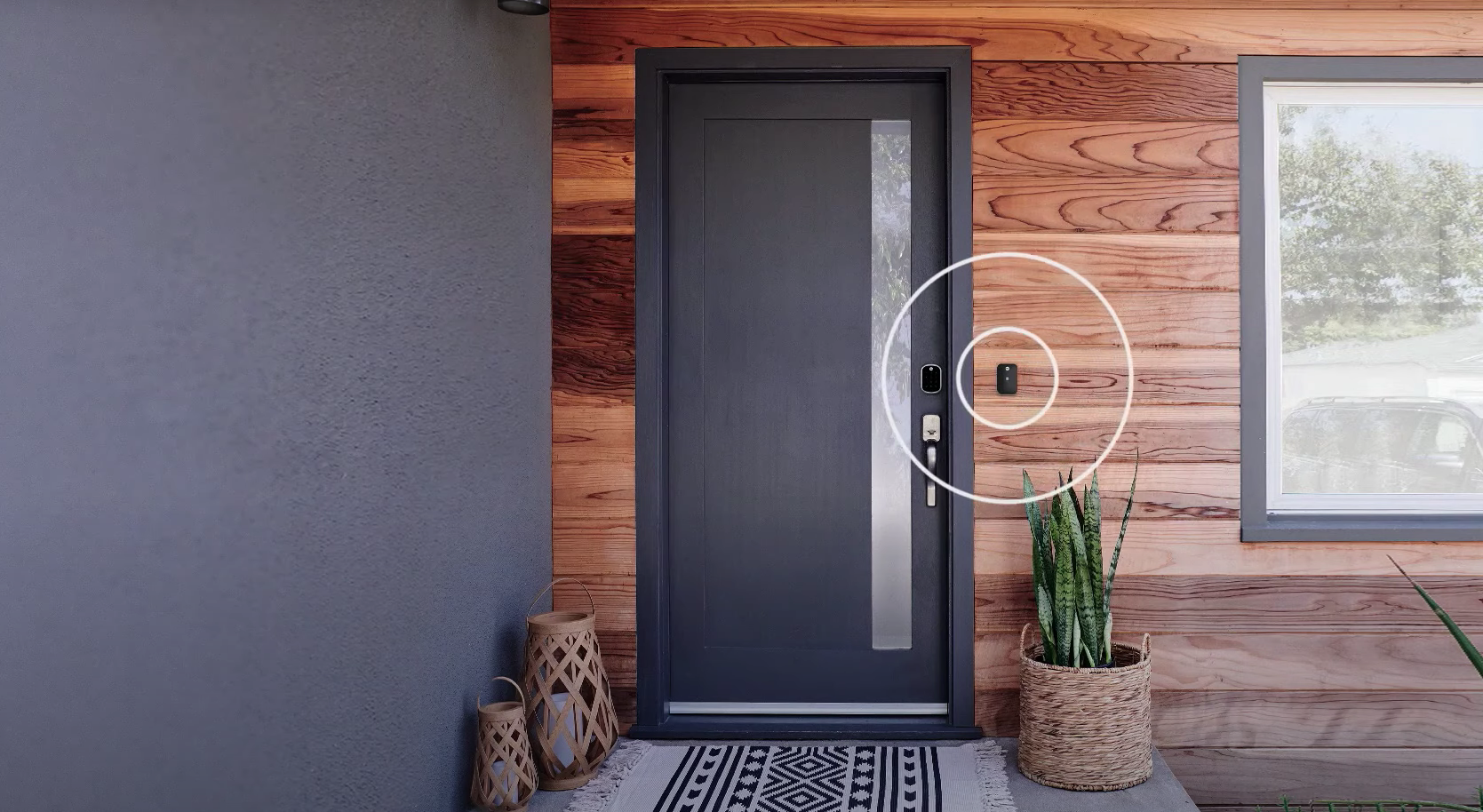
How is UWB different from Wi-Fi and Bluetooth?
When we think about wireless connectivity technology, Bluetooth and Wi-Fi usually come to mind. But these technologies lack the accuracy, positioning capabilities and radio frequency security available with UWB. Most wireless connectivity technologies can technically provide ranging, but UWB’s performance is far superior.
UWB also operates in a separate section of the radio spectrum, away from congested bands clustered around 2.4GHz. What’s more, UWB can coexist with other popular wireless technologies like Wi-Fi, Bluetooth and near-field communication (NFC).
One of UWB’s most significant advantages is the added portion of the physical layer (PHY), used to send and receive data packets. With this layer, currently being specified in IEEE 802.15.4z, a critical security extension not available in other technologies can be leveraged, allowing for security techniques such as cryptography and random number generation that deter attackers from accessing UWB communications.
How can the enterprise leverage UWB technology?
With its fine precision, fast transmission and high reliability, UWB technology is poised to help companies locate people and objects moving in all sorts of environments and processes.
One highly relevant use case in today’s workforce is social distancing. As organizations return to the workplace safely and securely, they also still need to consider physical distancing guidelines. With UWB technology, a wearable sensor could alert an employee when they get too close to someone.
For any organization involved in manufacturing, UWB could be an essential part of digitizing production and logistics. Now, people and items don’t need to be stationary to be recorded; they can also be mobile. UWB could help seamlessly digitize warehouses, shop floors and process chains, stabilizing internal processes and optimizing productivity.
What can we expect from UWB in the future?
UWB is still a new technology, and the companies working on it are just getting started. The FiRa Consortium, of which Samsung is a member, has been focused on promoting adoption of UWB technology and advancing updates to the UWB standards and certification programs to ensure interoperability.
There are already a few exciting applications in the Samsung Galaxy lineup that leverage UWB. For example, the new Nearby Share app for device-to-device file transfers is enhanced by the use of UWB. By simply pointing your phone at another UWB-equipped device, Nearby Share automatically lists that device at the top of your sharing panel.
Samsung has also integrated UWB into its SmartThings Find application. Using augmented reality (AR) and intuitive directions, you can precisely locate other UWB-equipped devices. And as Samsung announced at its January 2021 Unpacked, the new Galaxy SmartTag+ will feature UWB and can attach to almost any item, so you can even track belongings that don’t have their own built-in connection.
“Thanks to UWB and AR finder, the Galaxy SmartTag+ will help you locate your belongings with unprecedented accuracy by guiding you to their location,” explained Elizabeth Lindstrom from Samsung’s Global Direct to Consumer Center.
With these UWB-enabled smartphones, you can also use AR finder to drop virtual messages that let other Galaxy smartphone users know you need help searching for a lost item.
UWB-enabled Digital Keys
In the not-too-distant future, UWB capabilities embedded in devices like Galaxy Z Fold3 may also let you automatically unlock compatible car doors without pulling out your keys.
Choose the right phone for your growing business
Get your free guide to matching the right smartphone with your business and employee needs. Download Now
Samsung is teaming up with partners to turn your UWB-enabled phone into a digital key and are already working with major global automakers and access solution providers like ASSA ABLOY to unlock these future possibilities.
“Our UWB-enabled digital key sends short pulses between your mobile device and your car,” said Kevin Chung from Samsung’s Global Direct to Consumer Center, describing how the new feature will work. “Then it makes a super-precise distance calculation in real-time, unlocking your door when you reach it. And with UWB, you can rely on AR finder to guide you directly to the car.”
UWB’s potential is vast, and there’s much to look forward to, even if many enterprise use cases are a few years away.
One thing’s for certain: UWB is poised to change the way we live and work.
Here are 10 reasons the time is right for business power users to upgrade to Galaxy Z Fold3 5G. Plus, sign up for a Samsung Business Account to get exclusive offers, including volume pricing discounts, on Galaxy Z Fold3 5G and Galaxy Z Flip3 5G today.
